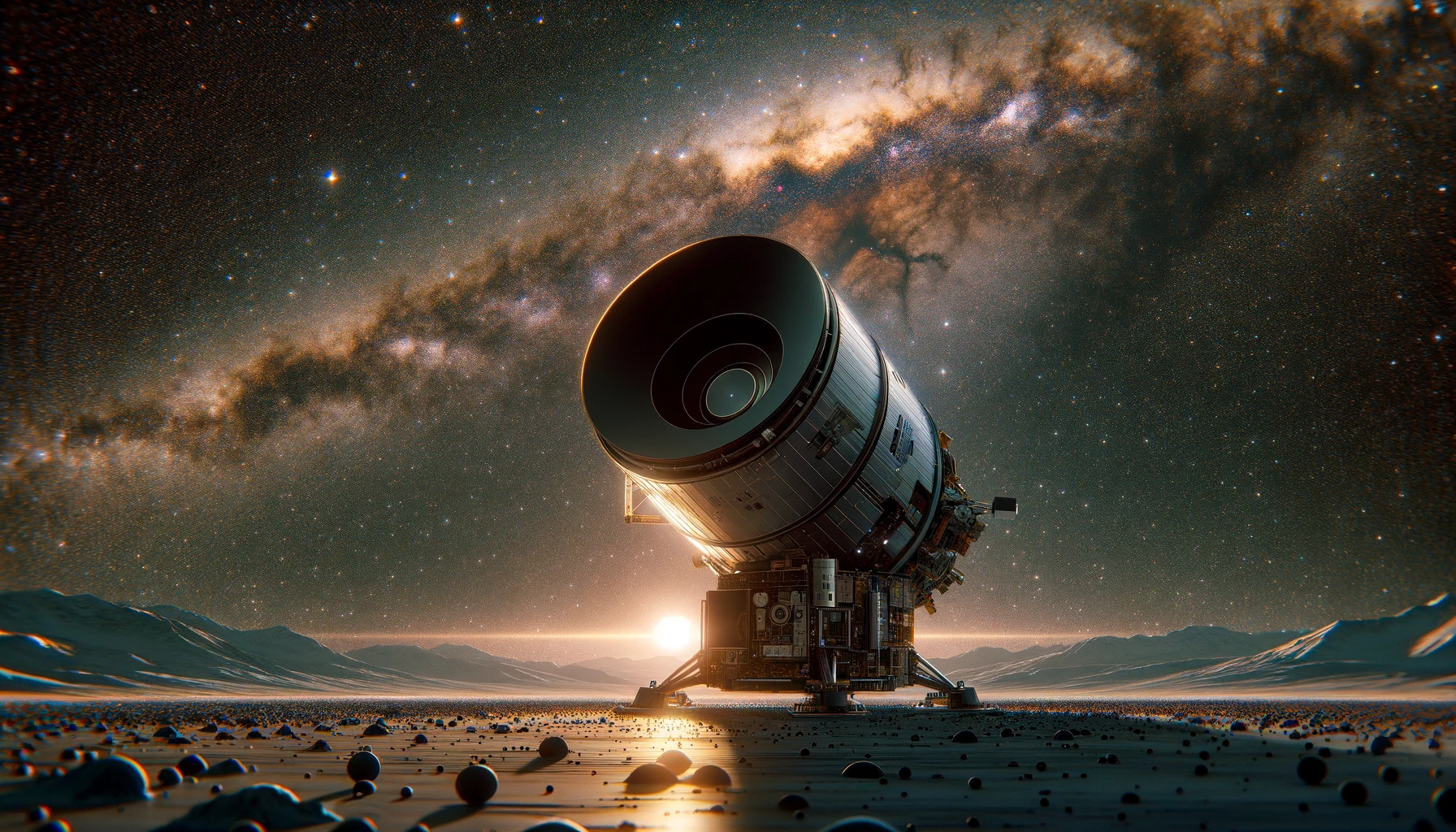The exploration of the Moon’s South Pole by NASA astronauts is set to gain a new dimension with the development of a specialized handheld camera, the HULC (Handheld Universal Lunar Camera). In a collaboration with Nikon Inc., the two entities have signed a Space Act Agreement to produce this sophisticated camera capable of enduring the extreme conditions on the lunar surface during the upcoming Artemis III mission.
The Making of a Moon-Ready Camera
The project leverages Nikon’s expertise to modify a standard Nikon Z 9 camera to meet the specifications required for lunar operations. This collaboration will see a blend of NASA’s thermal protective technology and Nikon’s imaging prowess resulting in a camera equipped with a custom grip and modified buttons for astronauts wearing thick gloves. This advanced camera will feature a mirrorless design optimal for low-light conditions, and will undergo rigorous testing at the International Space Station prior to lunar deployment.
A Leap Beyond Apollo’s Imaging Legacy
NASA’s new lunar camera builds upon the legacy of the Apollo program, which produced over 18,000 photos using large-format, handheld cameras without viewfinders. Unlike its predecessors, the HULC will offer both still and video capture capabilities through a single device, complete with a viewfinder. This innovation represents a significant upgrade from the separate cameras for photos and videos used during the Apollo missions.
From Testing to Moonwalking
Current testing phases include subjecting the new lunar camera to thermal, vacuum, and radiation conditions akin to those experienced in space. Astronauts have already put the camera through its paces during simulated moonwalks in Arizona, and an international team of astronauts has used it for geological training in Spain. The camera’s performance is pivotal to the upcoming analog mission in Arizona, where astronauts will conduct further simulated lunar operations.
Building on related technological advancements, an article from Space.com titled “NASA’s Artemis Moon Missions Will Carry New Experiments and Tech to the Lunar Surface” sheds light on the broader scope of innovation accompanying Artemis. The piece outlines various tools and experiments destined for the lunar surface, emphasizing the mission’s role in advancing scientific knowledge and space exploration technology.
The Artemis campaign, aiming to land the first woman and person of color on the Moon, symbolizes a bridge toward sustained lunar presence and eventual Mars exploration. This is part of NASA’s broader strategy to foster international partnerships and extend human reach in the cosmos.










